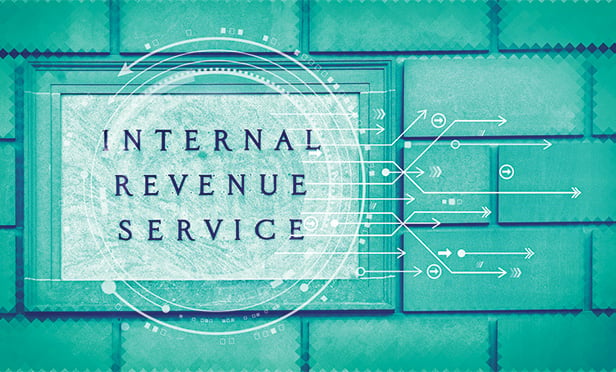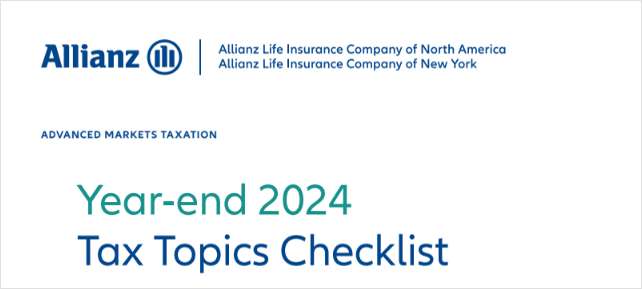
 Photos: Shutterstock
Photos: Shutterstock
Gearing up for tax time, the Internal Revenue Service has been busy issuing guidance since the beginning of 2020 on everything from required minimum distributions under the Secure Act, creating special forms for seniors, as well as launching an Identity Theft Central.
In early February the IRS launched Identity Theft Central to improve online access to information on identity theft and data security protection for taxpayers, tax professionals and businesses. It is available 24/7, offers help on how to report identity theft as well as how taxpayers can protect themselves against phishing and online scams.
Reporting RMDs Under Secure
In late January, the IRS released guidance for financial institutions on how to report required minimum distributions for 2020 under the Setting Every Community Up for Retirement Enhancement Act of 2019, or the Secure Act.
The IRS Notice 2020-6 "is more of an institutional fix for the financial companies that sent out what are now incorrect RMD notices to IRA owners who will turn age 70½ in 2020," according to IRA specialist Ed Slott of Ed Slott & Co.
Under the Secure Act, "that age changed to 72, so these people do NOT have an RMD for 2020. Some clients of advisors are rightfully confused as to whether they are subject to RMDs or not in 2020."
The notice provides relief to financial institutions "who due to the short amount of time they had after the Secure Act was enacted, sent out notices with incorrect info, confusing lots of people," Slott explained.
The IRS, he added, "will not consider these notices to have been provided incorrectly."
As the IRS notice explains: "If a financial institution provides an RMD statement to an IRA owner who will attain age 70½ in 2020 (including by providing a Form 5498), then the Internal Revenue Service will not consider such a statement to have been provided incorrectly, but only if the IRA owner is notified by the financial institution no later than April 15, 2020, that no RMD is required for 2020."
Advisors should contact all RMD clients affected and let them know about the RMD rule changes, Slott counseled.
Advisors, he continued, "should reassure any client who turns 70½ in 2020 that they do NOT have an RMD this year, even though they received a statement from their IRA custodian saying they do. That statement is incorrect — so advisors can tell clients not to worry."
On the other hand, Slott said, "advisors should also alert clients who turned age 70½ last year (in 2019) to let them know that they do NOT qualify for the age 72 RMD rule, because that new increased RMD age provision only applies to those who turn 70½ in 2020 or later. These clients still do have RMDs, the same as under the old rules. There is lots of confusion here for advisors to deal with."
Advisors, Slott concluded, "have lots of calls to make, especially to their 70½ clients who may be getting and acting on incorrect information from their IRA custodian. This is another reason why you have an advisor."
As the IRS notice explains, the Secure Act "did not change the required beginning date for IRA owners who attained age 70½ prior to" Jan. 1, 2020.
"In order to reduce misunderstanding among IRA owners, the IRS encourages all financial institutions, in communicating these RMD changes, to remind IRA owners who attained age 70½ in 2019, and have not yet taken their 2019 RMDs, that they are still required to take those distributions by April 1, 2020."
The Treasury Department and IRS state that they are considering providing additional guidance with respect to the Secure Act, including guidance for plan administrators, payors and distributees if a distribution to a plan participant or IRA owner who will attain age 70½ in 2020 was treated as an RMD.
IRS Technology Needs an Overhaul



